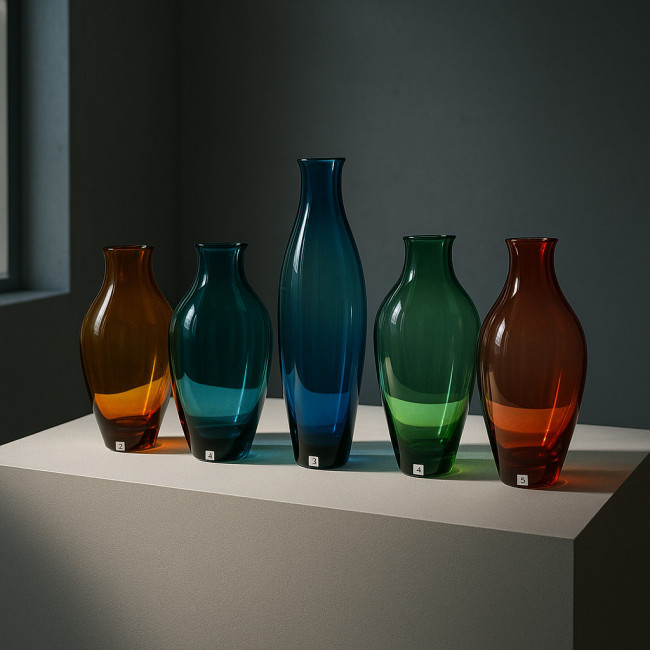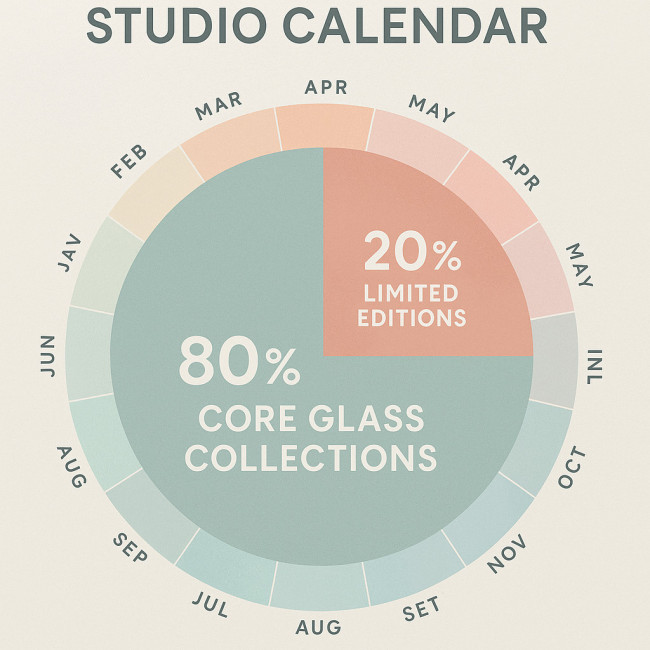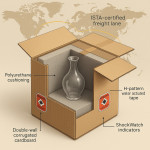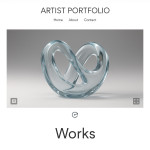Limited-edition glass runs: scarcity tactics to boost gallery acquisition
Want galleries to chase your kiln-fresh pieces instead of scrolling past them? Master the art of limited-edition glass runs. By controlling volume, narrative and release cadence, you transform each object into a coveted opportunity for curators and buyers alike.
Why scarcity works in the contemporary glass market

Scarcity triggers urgency and status. Galleries know collectors compete for items produced in runs under 50 pieces. When you publish clear edition sizes, sequential numbering and expiration dates, you give professionals a reason to pick up the phone today rather than “next season.” Act fast and you secure catalog exclusivity that elevates your entire glass portfolio.
Psychological levers at play
- Fear of missing out (FOMO) – small runs move faster, creating buzz inside curatorial circles.
- Perceived value – rarity signals craftsmanship worth higher margins.
- Social proof – early adopters show off numbered pieces, promoting your portfolio organically.
Designing your limited-edition glass run
Begin with a concept that aligns with your signature style yet leaves room for variation. A gallery prefers a series that feels coherent but not mass-produced.
Key parameters to decide upfront
| Edition size | Recommended price multiplier vs open run | Ideal buyer segment |
|---|---|---|
| 1-5 pieces | +150 % | Museum shops, VIP collectors |
| 6-25 pieces | +80 % | Boutique galleries |
| 26-50 pieces | +40 % | Regional design stores |
| Timed drop (48 h) | Variable | Online art platforms |
Certificates of authenticity
Number every piece and include a tamper-proof COA. Mention kiln date, glass recipe and your signature. This reassures curators who must justify acquisition budgets.
Sustainable scarcity
Limited does not mean wasteful. Use cullet from your recycled glass sourcing playbook to reinforce eco-value. Galleries increasingly highlight green practices in wall texts.
Marketing tactics that amplify demand
1. Staggered reveal strategy
- Tease sketches on social media two weeks before firing.
- Share behind-the-furnace videos on day-of release.
- Offer a 24-hour pre-sale to newsletter subscribers.
- Open remaining stock to the public with a countdown timer.
2. VIP studio walkthroughs
Invite key gallerists for a live molten-glass demo. Experiential access cements trust faster than PDF look-books.
3. Story-driven listings on credible directories
Publish high-resolution shots and process notes on the artisan glass directory loved by curators. Detailed metadata helps them locate your limited-edition glass runs when deadlines loom.
4. Interactive 3D previews
Install rotatable renders to reduce shipping hesitations. Need a guide? See our article on interactive 3D previews for glass commissions.
Pricing frameworks that respect both artist and gallery
Price too low and you undercut future runs. Price too high and you stall momentum. Use transparent formulas that factor hours, material, edition size and gallery margin (often 40-50 %).
Royalties for secondary sales
Negotiate a resale royalty clause—commonly 10 %—for premier editions. This aligns your incentives with galleries when works appreciate.
Operational tips to deliver scarcity without stress
- Batch firing calendars – slot limited runs during kiln downtime to avoid halting open collections.
- Packaging protocols – follow industry standards from our safe packaging guide to keep claims low.
- Cash-flow buffers – apply for innovation grants explained in grant proposal secrets for glass innovators.
Case study: “Solar Echo” 12-piece run
Artist Lina Carver released 12 iridescent vases infused with crushed quartz. Edition sold out in 36 hours at €1 200 each—double her open-line average. Three galleries now wait-list her next drop.
What worked
- Numbered gold-leaf seals on each base.
- Time-lapse furnace video posted 48 hours before launch.
- Partnership with a sustainability blog that praised up-cycled silica.
Common pitfalls and how to avoid them
- Overlapping editions – never release similar forms in the same year; it dilutes rarity.
- Poor documentation – blurry photos kill trust. Hire a pro or DIY with our lighting tips in the directory.
- Unclear terms – spell out reproduction rights in contracts to prevent unauthorized mould copies.
Embedding scarcity in long-term brand strategy

Your limited-edition glass runs should complement, not cannibalize, your core catalogue. Allocate 20 % of annual output to scarcity pieces. Track performance metrics—sell-through rate, average order value, gallery reorders—to refine future drops. Over several seasons, this disciplined approach also builds a predictable narrative arc that critics can follow, making each drop a chapter in a larger story rather than a one-off publicity stunt that fades from memory.
Quiz: Test your scarcity savvy
FAQ
- How small should a limited-edition glass run be?
- For true scarcity, stay under 25 pieces. Ultra-limited runs of 1-5 yield the highest prestige but demand premium pricing.
- Can I offer custom colours within the same edition?
- Yes, if form and dimensions remain constant. Note each colourway in the certificate to preserve clarity.
- What happens if a piece breaks before it sells?
- Destroy or mark the certificate as “artist's proof withdrawn” and reduce the edition size accordingly.
- Do galleries prefer exclusivity by geography?
- Many do. Offer region-specific exclusivity for three to six months to encourage early orders while retaining global rights later.
Take action today
Sketch your next limited-edition glass run and block kiln time this week. Update your directory listing, prepare authenticity certificates and line up a teaser campaign. Scarcity only works when timed right—start now and watch galleries queue for your next drop.
Need more guidance? Subscribe to our newsletter for monthly templates and market insights.











